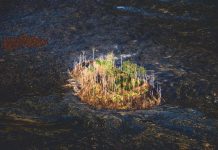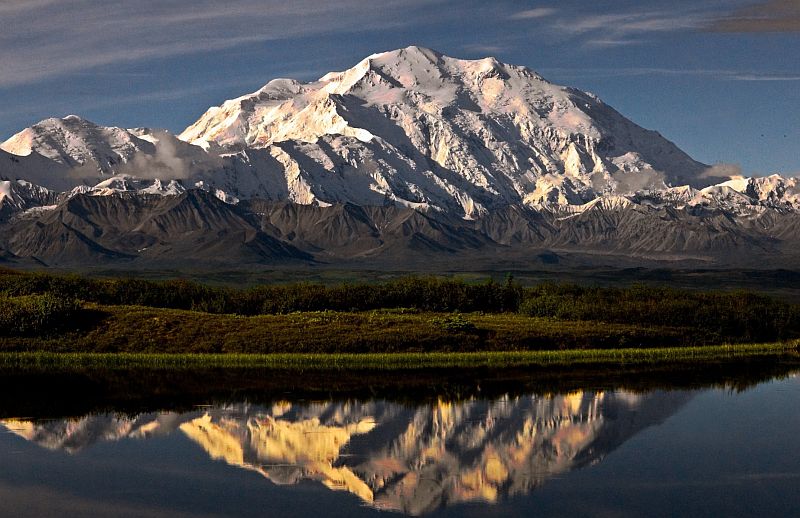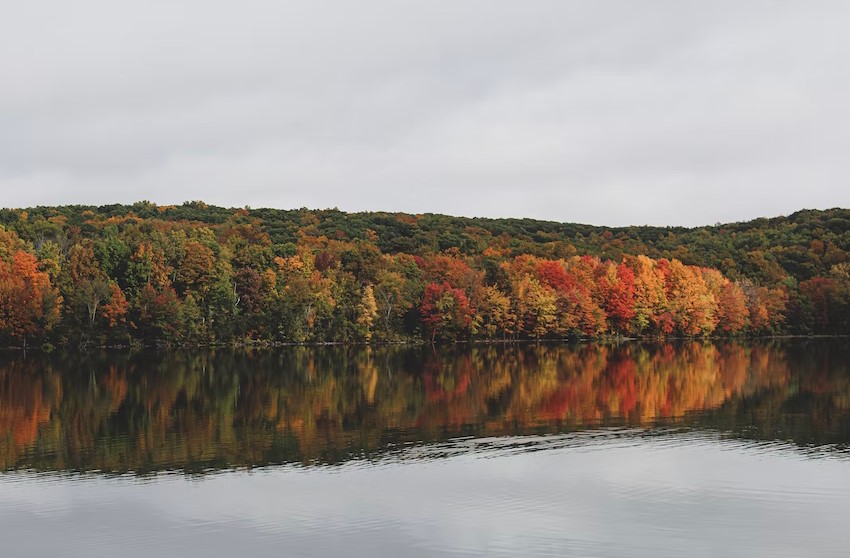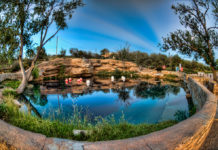Agathla Peak or Agathlan is a peak located south of Monument Valley, Arizona. The mountain rises more than 1500 feet above the surrounding terrain. The peak is 11 km north of Kayenta and is visible from U.S. Route 163. It is an incredible introduction to monument valley to see the first monument visible from Kayenta.
The rest of the monuments can be enjoyed by continuing along US 163. Animal hides were traditionally scraped against the rock, earning it the name “place of wool and hair”. Due to the rock formation dominating the valley’s entrance, it became known as El Capitan.

According to local legend, Agathla was named because there was a lot of fur on the rock, apparently due to antelope and deer. Navajos consider the mountain sacred. It is located right on the road to Monument Valley and is quite impressive. On its own or in context with the landscape, it is quite solemn, although it does not have the same reddish color as the rest.
An eroded volcanic plug known as Agathla Peak is composed of volcanic breccia cut by dikes of an unusual igneous rock called Minette. Navajo country in northeast Arizona and northwest New Mexico has many such volcanic diatremes. Among the most prominent are Agathla Peak and Shiprock in New Mexico. In the southern Colorado Plateau, these rocks are part of the Navajo Volcanic Field.

They cluster near 25 million years old, as do more unusual igneous rocks associated with them. The Navajo Nation does not permit rock climbing on Aghala Peak and its surrounding lands. During 1949, however, such restrictions did not exist. Therefore, Ray Garner, Herb Conn, and Lee Pedrick made the first known ascent of the peak on May 29, 1949.
A climber followed the “West Face” route, 550 feet long, with over 70 pounds of climbing gear, including 50 pitons, 40 tamp-in bolts (along with two drills, tamp tools, and hammers), 15 carabiners, four nylon ropes, and 12 quarts of water to the summit.
Climbing took a full day, and the next day they descended after spending the night at the top.

Other Facts
Elevation: 2164 meters (7,099 ft)
Prominence: 438 meters (1,436)
Location: Navajo County Arizona, United States
Volcanic Field: Navajo Volcanic Field
Difficulty: Technical Climb
Best months to climb: April, May, September, October, and November
Convenient center: Kayenta, Arizona









